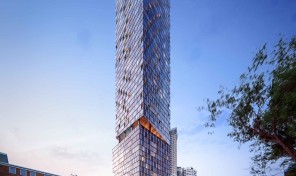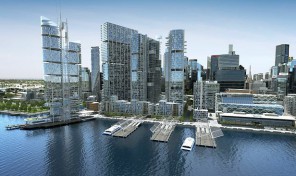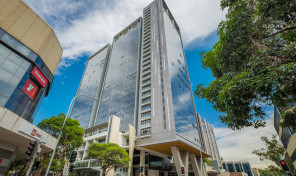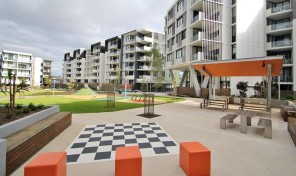All posts in Resources
An extra bedroom tops your property wish-list according to our latest data, which shows over 25% of Aussies would opt to add a room to their home if they had the choice.
Coming in a close second was, of course, the Aussie favourite – a swimming pool.
While practical additions such as off street parking got less than 5% of your votes, and en suite bathrooms just 7.5%, adding a swimming pool was high on people’s renovating wish-lists, with over 21% saying a pool would be the way they’d go if money was no object.
Extra bedrooms rule
Investment specialist and realestate.com.au contributor Peter Koulizos says an extra extra bedroom is a wise thing to lust after:
“Adding an extra bedroom adds real value to a property,” he says. “Firstly, one of the key determinants in the valuation of property is the number of bedrooms; the more bedrooms, the higher the value.”
“Secondly, purchasers of property are also willing to pay more for a bedroom. Why? Because owner occupiers will pay more for a bigger block of land and/or a bigger house (i.e. more bedrooms) as these are two of the prized attributes of a property.
“In addition, tenants will pay more in rent for a property with a greater number of bedrooms as there is more space. However, not all bedrooms are the same. Someone would pay a lot more for a two bedroom unit compared to a one bedroom unit but the difference in value between a six bedroom house and a five bedroom house is minimal.”
Practicality over luxury?
We all dream of that backyard pool, but Peter explains that if someone is considering spending $50,000 on either a swimming pool or extra bedroom and they want to add value, a bedroom probably the wisest way to go.
“Consumers of property (that is owner occupiers and tenants) will always pay more for additional bedrooms but most consumers do not want a property with a swimming pool.”
“Pools take a lot of extra maintenance and take up space in the backyard. A family who are keen to have a property with a swimming pool would most likely pay more for a property when renting or buying, but it wouldn’t be $50,000 more,” says Peter.
Read more
Demographic statistics released this week from the Australian Bureau of Statistics suggest housing pressures will continue, with population growth at a robust rate.
The figures show Australia’s population reached 23.13 million in mid-2013, having added over 407,000 people in the year to June 2013. This is equivalent to a growth rate of 1.8% over the year, above the long term average. The natural increase in population (births minus deaths) added 162,656 people in 2012/13. That represented an increase of 2.6% over the previous year.
Net overseas migration increased by 8.6% in 2012/13 to 244,371 (adding 1.1% to overall growth).
The Housing Industry Association says Australia needs to focus on new housing to ensure our thriving population have adequate rooves overhead.
“The latest data shows Australia’s population has continued to grow at an above average pace and official projections show this is expected to continue. To date there has not been any commensurate boost to the supply of new housing. It is time for policy makers to acknowledge the imminent policy challenge that this situation poses,” said HIA’s Geordan Murray.
The key metric for Australia’s new home building sector is dwelling commencements (housing starts). There were 160,813 commencements in the 2012/13 fiscal year to June – a number up on recent years. But to cater for the population figures the ABS projects we’ll likely need to increase the creation of new homes. The HIA estimates at least 180,000 new dwellings a year will be needed, and have released a discussion paper this week looking ahead to housing in 2014 – key challenges and key opportunities.
The good news
-
The housing sector has momentum moving into 2014
-
Likelihood of modest growth in national dwelling commencements
-
Recovery should continue in Queensland and South Australia
Risks & challenges
-
Growth in Western Australia being in danger of stalling due to a lack of titled land
-
Victoria, the largest new home building market in Australia over five consecutive years, has further to fall but with uncertainty as to by how much
-
Smaller new home building markets of Tasmania, the Northern Territory and the Australian Capital Territory could decline in the short term
There will be a Senate Inquiry into Housing Affordability in the new year, due to report by June.
Read more






